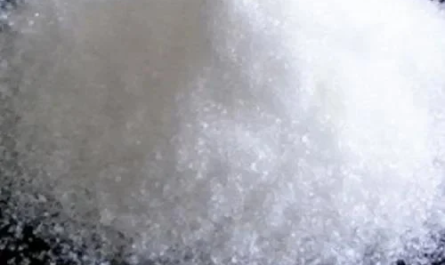Rust Inhibiting Properties of Various Lubricating Oils
Introduction to Rust and Corrosion
Rust is a form of corrosion that affects iron and steel when they are exposed to moisture and oxygen in the air. It occurs as a result of an electrochemical reaction that converts iron into iron oxide, commonly known as rust. Left unchecked, rust can damage machinery and equipment by weakening metal components over time through cracking, flaking and pitting. It not only reduces the useful lifespan of parts but may also affect their performance and efficiency.
Types of Rust Inhibitors used in Lubricating Oils
Lubricating oils contain different types of additives that help prevent rust formation on metal surfaces. Some common rust inhibitor additives include:
– Zinc Dialkyldithiophosphates (ZDDP) – ZDDP is one of the most effective types of rust inhibitors used in engine oils and industrial lubricants. It forms a protective zinc phosphate film on ferrous metal surfaces to block oxygen and moisture from reaching the base metal.
– Calcium Sulfonates – Calcium sulfonate detergents act as anti-wear and extreme pressure additives as well as rust inhibitors. They form a calcium soap layer that prevents corrosion.
– Amine Salts – Amine-based rust inhibitors neutralize acids formed during oxidation and form protective nitrogen-containing compounds on metal surfaces.
– Fatty Acids – Oleic acid and other organic fatty acids in lubricating oils create a barrier film that prevents oxygen and moisture penetration.
– Phenolic Compounds – Phenol and alkyl phenol rust inhibitors chemically bond to metal oxides, forming a rust-resistant layer.
Effectiveness of Different Lubricating Oils
Mineral-based lubricating oils such as conventional motor oils contain higher concentrations of robust rust inhibitors like ZDDP and calcium sulfonates that provide long-lasting oxidation resistance and corrosion protection.
– Semi-synthetic (Blend) Oils – By virtue of being part-synthetic and part-mineral, semi-synthetic oils offer better protection against rust than fully-synthetic formulations. However, their inhibitor content is lower than conventional oils.
– Full-synthetic Oils – Due to reliance only on additive chemistry, synthetics contain the lowest levels of rust inhibiting components like ZDDP. They primarily depend on amine and fatty acid inhibitors for anticorrosion behavior.
– Bio-based Oils – Lubricants containing plant-based base oils have an inherently lower oxidation stability compared to fossil fuel-derived stocks. Therefore, they require more robust rust prevention additives.
Rust Inhibitor Performance factors
Several factors determine how effectively a lubricant inhibits rust formation:
– Additive Type – ZDDP, calcium sulfonates and certain phenolic compounds are among the strongest rustfighting chemistry.
– Concentration – Higher amounts of individual inhibitors, or a synergistic blend, improves corrosion resistance properties.
– Base Oil Properties – Highly-refined mineral or synthetic stocks retain additives for longer vs. lower-quality or bio-based alternatives.
– Temperature – Most additives lose effectiveness above 150°C as protective films break down more rapidly at very high temperatures.
– Environmental Conditions – Harsh, damp or salty environments pose a bigger rusting challenge than normal operating conditions.
Rust Prevention in Different Applications
Motor Oil – Conventional and synthetic engine oils both contain multiple rust inhibitors. Higher ZDDP levels in conventional oils provide better protection for older vehicles.
Hydraulic Fluid – Fluids experience high pressure which can squeeze oil films off metal surfaces. Robust rust inhibitors like amine and calcium sulfonate chemistry are necessary.
Metalworking Fluid – Coolants and lubricants formulated for machining and fabrication applications demand the best rust prevention to protect valuable capital equipment.
Industrial Gear Oil – Enclosures retain moisture and dirt. ZDDP and amine inhibitors keep gears rust-free despite contamination exposure.
Grease – Solid lubricants rely entirely on oxidation-resistant thickeners and additives to shield enclosed rolling or sliding surfaces from rusting.
In summary, the presence of robust rust inhibition additives like ZDDP, calcium detergents and certain phenolic compounds makes lubricating oils very effective at keeping metal parts protected against corrosion during operation. The type and concentration of inhibitors influences their long-term rust inhibiting performance under different environmental conditions. Proper rust lubricant selection ensures equipment reliability and asset protection.



